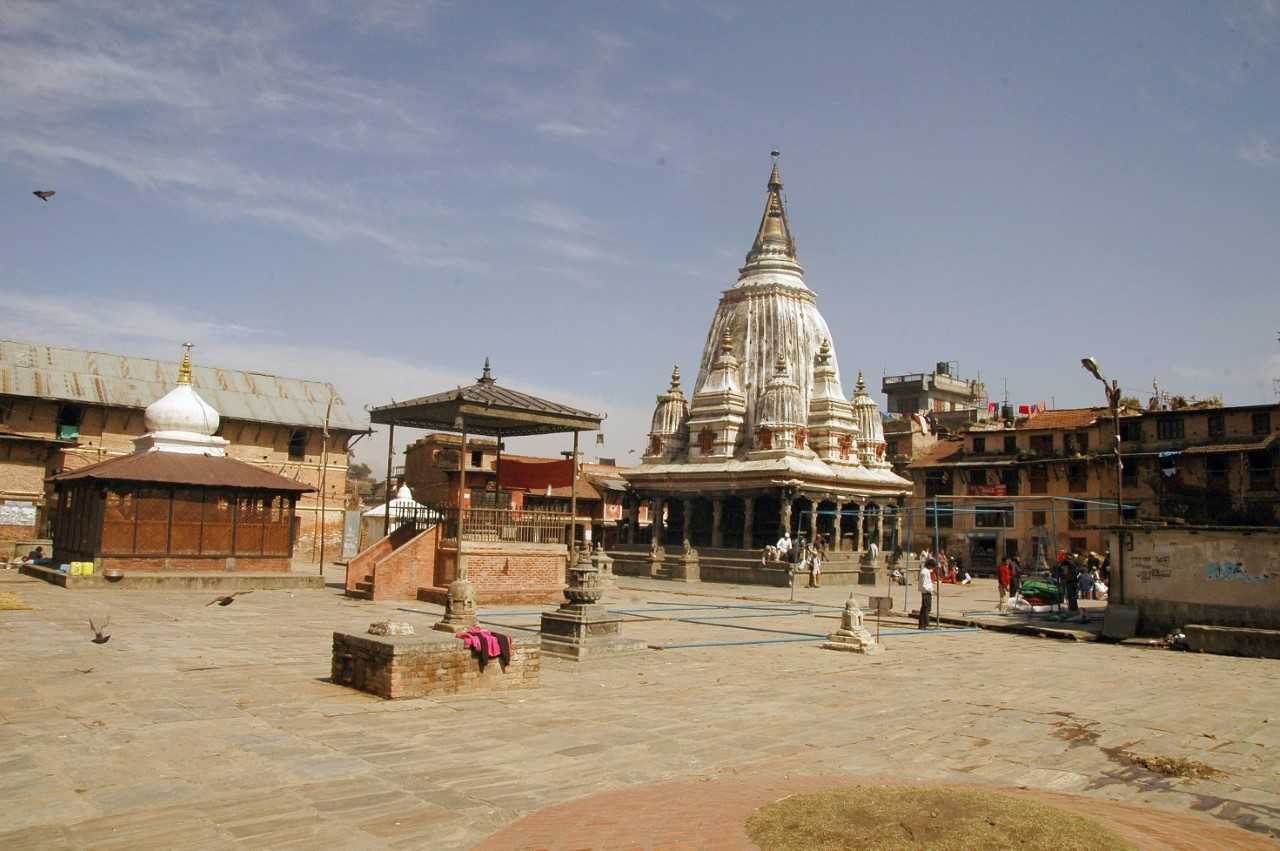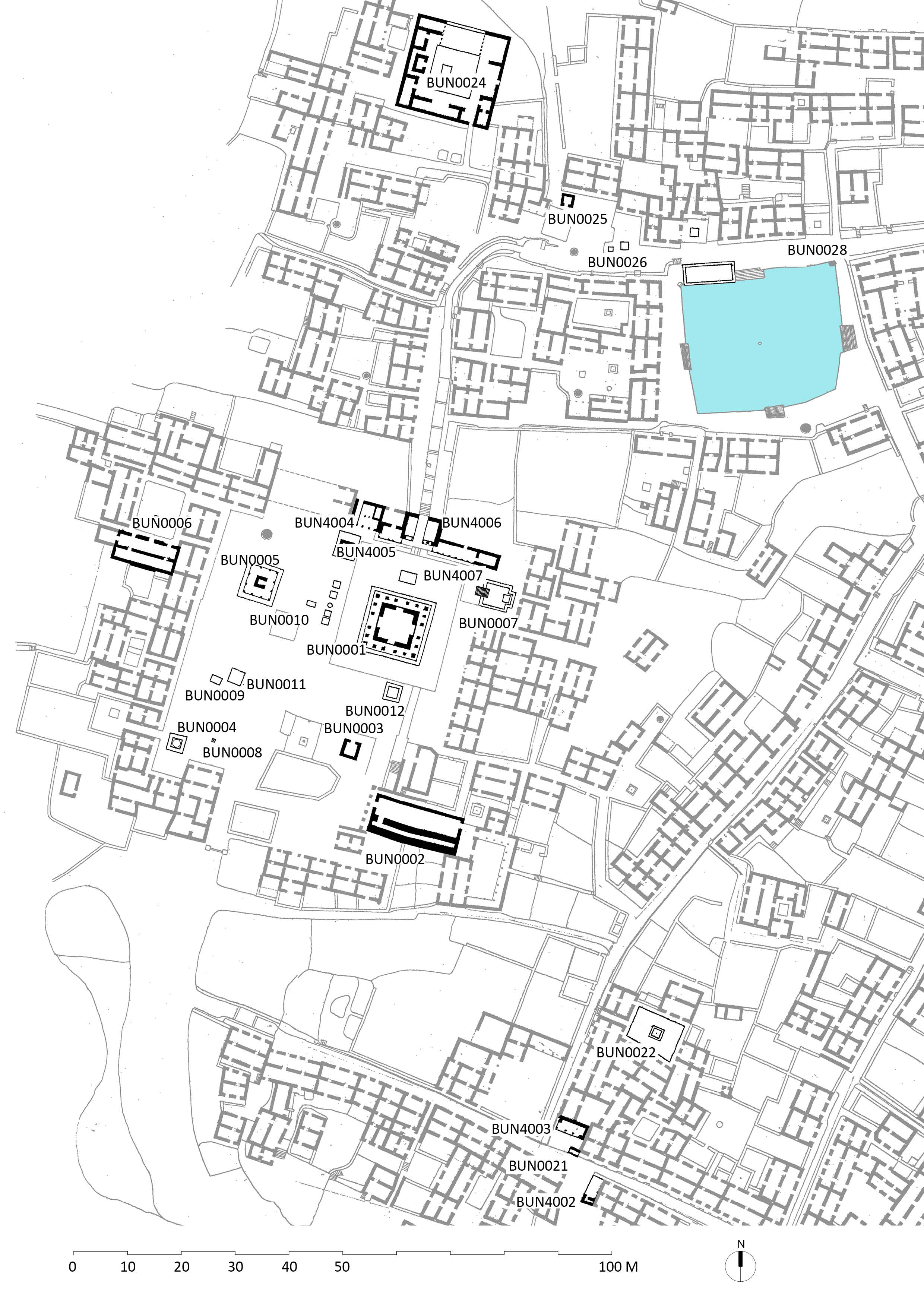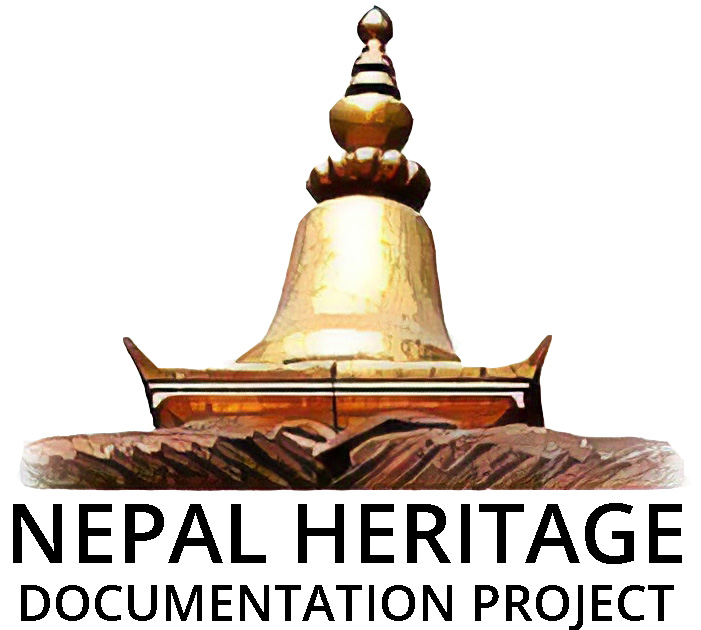Buṅgamatī

Buṅgamatī (बुंगमती) is an old Newar settlement in the Lalitpur Metropolitan Region. A stone inscription of Aṃśuvarman from 605 CE from Buṅgamatī proves that the settlement dates back to the Licchavi period. The inscription contains the earliest mention of the Kailāśakūṭa Bhavana, the historic palace of Aṃśuvarman, supposedly located in Handigaun, Kathmandu. This old town is remarkably rich in its largely undocumented tangible and intangible heritage. For example, the procession of Buṅgadyaḥ (Rāto Matsyendranātha) annually held in the historic town, Patan—possibly the longest procession of such kinds in the Kathmandu Valley that lasts a month—starts from Buṅgamatī every 12 years. The chariot of the deity is assembled in Bungamati, and the route goes from Buṅgamatī-Bhainsepati-Nakkhu-Bhanimandal-Jhamsikhel to Pulchok, from where the usual route is followed. Once the procession goes through the regular (annual) route, the chariot is pulled back to Buṅgamatī and worshipped for six months before being dismantled. Buṅgamatī houses many noteworthy monuments like Hayagrīva temple (before 17th cent.), Bare Nani (17th cent.), Buṅga Bahī (18th cent.), Tulasī Devala (1676 CE), Dhvākhā Phalcā (renovated in 1689 CE), to mention a few. Especially worth mentioning is the Karuṇāmaya Mandira, one of the rare Śikhara-style Buddhist Temples in the Kathmandu Valley that is also worshipped by Vaishnavas, Shaivas, Shaktas, Brahmins and hermits as a Viṣṇu Śiva, Śakti, Brahmā and Matsyendra temple, respectively. The predominantly Newar town’s historical core has been heavily damaged by the 2015 earthquakes. Nearly two thirds of the houses have been damaged or destroyed, many heritage monuments collapsed or are still endangered.
The Nepal Heritage Documentation project has extensively documented more than thirty cultural heritage sites of Buṅgamatī including temples, arcaded rest houses, stupas, (Licchavi) caityas, bāhāḥs, bahīs, and nanis.

Links to individual monuments
Links to monuments that are not shown on the map
